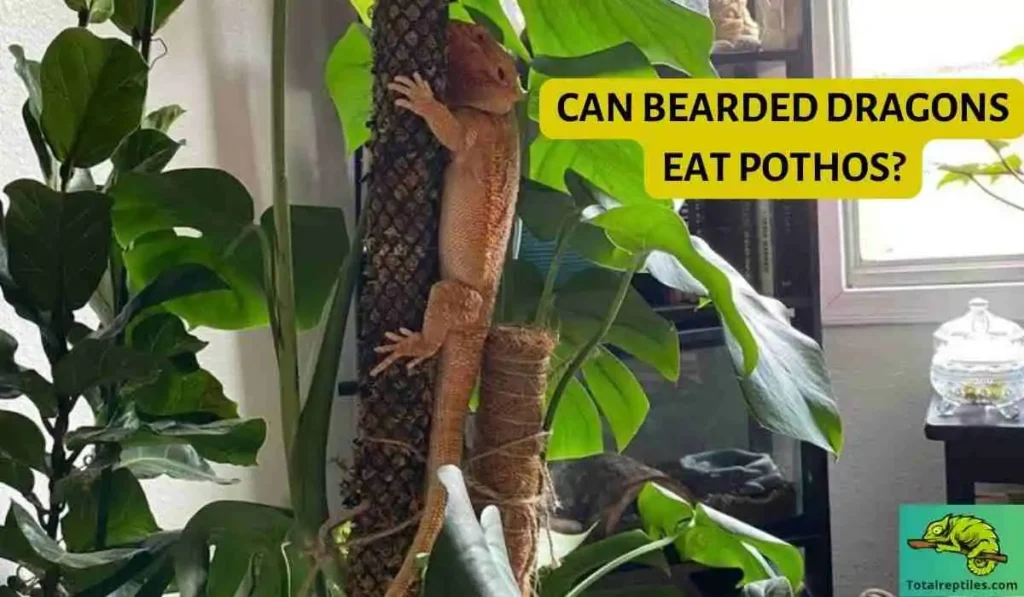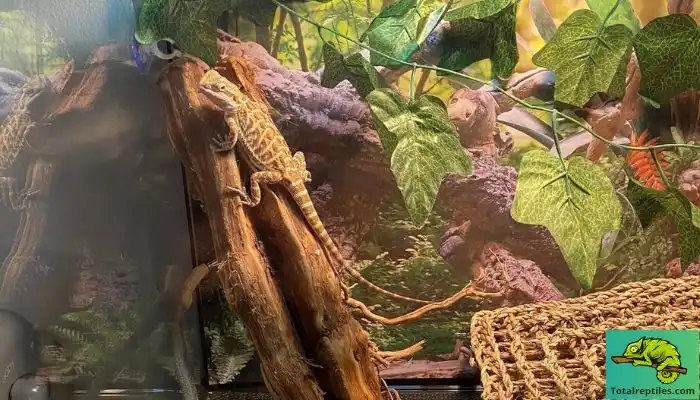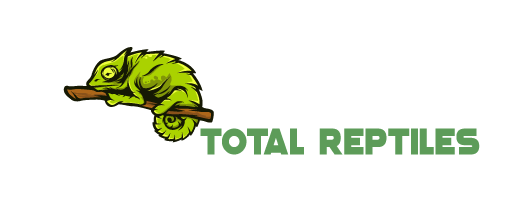Unfortunately, pothos is toxic to bearded dragons and should be avoided. This plant’s leaves, stems, and roots contain insoluble calcium oxalates. Ingesting these oxalates might induce swelling, burning, trouble breathing, vomiting, and other symptoms.
Too much oxalate in a bearded dragon’s diet can lead to health issues over time. Possible problems include calcium and vitamin D deficiencies, which can, in turn, cause bone deformities and metabolic bone disease.
Heart-shaped leaves and vining growth make pothos a popular houseplant. It grows well in low light and is easy to maintain. It is ideal for home and office decoration. But is it safe for bearded dragons to eat? Here’s a detailed look at whether or not bearded dragons can eat pothos.

An Introduction to Pothos
Pothos, also called devil’s ivy, is a tropical plant native to the Solomon Islands. Its botanical name is Epipremnum aureum. Its shiny leaves and fast-growing vines make it an attractive addition to any indoor space.
Over 30 different cultivars display various leaf shapes, sizes, and variegation. Some of the most popular varieties include:
- Golden pothos – vibrant yellow and green leaves
- Marble Queen – white-streaked light green leaves
- Neon pothos – bright yellow-green leaves
- Pearls and Jade – small white splotches on green
- Manjula – shades of white, green, and yellow
Nutritional Value of Pothos
So what’s actually inside those pretty leaves that make them appealing (or not) for bearded dragons?
Here’s an overview of the nutritional value:
- Water – Over 85% of leaves are made up of water. This can help provide hydration.
- Fiber – Pothos contains a small amount of fiber, which can aid digestion.
- Vitamins & Minerals – These leaves have A, C, and K. It also contains trace copper and zinc.
- Toxins – Pothos contains insoluble calcium oxalates and isothiocyanates, which can irritate the mouth and digestive tract. It also contains mildly toxic saponins.
Can Bearded Dragons Eat Pothos?
So, with that nutritional profile in mind, should you serve pothos for your bearded dragon?
The short answer is no; this tropical plant is toxic and should not be fed to bearded dragons.
Here are some key reasons why it poses a risk:
- The insoluble calcium oxalates can cause mouth irritation, drooling, vomiting, and difficulty swallowing if eaten.
- The isothiocyanates may lead to gastrointestinal upset.
- While the toxins are not deadly, they can cause moderate toxicity over time.
- Pothos provides little nutritional value, vitamins, or minerals that are beneficial to bearded dragons. The nutritional content is not worth the toxicity risk.
- Bearded dragons may be attracted to the bright colors and plant movement, but these leaves can harm their digestive system.
- Even though pothos is resilient to damage, a bearded dragon eating it may cause detrimental destruction to the plant.
Some reptile owners think it should be fine for bearded dragons because pothos are non-toxic to humans when ingested. This is false – compounds that are harmless to humans can still be toxic to reptiles. The bottom line is that plant contains irritants and toxins that make it unsafe for bearded dragons.
The ASPCA lists pothos as toxic to cats, dogs, and horses. And many other sites caution against allowing bearded dragons to eat it. So, it’s clear that pothos should be kept away from bearded dragons to prevent poisoning.
Signs of Pothos Poisoning in Bearded Dragons
If a bearded dragon accidentally ingests, watch for these signs of possible oxalate poisoning:
– Swelling or irritation around the mouth
– Excessive drooling or foaming at the mouth
– Difficulty breathing
– Vomiting
– Loss of appetite
– Lethargy or weakness
If a bearded dragon shows any symptoms after exposure, immediately take them to an exotic vet. Timely treatment can help manage the symptoms and prevent severe illness or death.

What houseplants can bearded dragons eat?
While pothos are toxic, plenty of safer plants can be fed to bearded dragons. Some good alternatives include:
- Succulents – Many types of succulents, like jade, aloe vera, and cactus, are non-toxic and provide nice visual interest. Make sure succulents are in a spot inaccessible for chewing.
- Roses – The petals and leaves are safe for bearded dragons when pesticide-free.
- Hibiscus – Both flowers and leaves of hibiscus plants can be fed. They provide calcium and antioxidants.
- Geraniums – The leaves and flowers are edible. But avoid the stems and roots which contain oxalates.
- Dandelions – All parts of dandelions can be fed, including the flowers, leaves, stems, and roots. They are high in vitamins and calcium.
- Basil – Fresh basil leaves provide vitamins A, C, and K. Feed basil sparingly, though, as it contains oils.
When feeding any new plant, introduce it slowly and watch for signs of an upset stomach. And only use plants not treated with pesticides or other chemicals.
Conclusion
In summary, pothos is toxic to bearded dragons and should never be fed. The insoluble calcium oxalates found in all parts of leaves plant can cause dangerous health issues over time. Signs of poisoning include swelling, drooling, vomiting, and breathing issues.
Instead of this plant, try safer alternatives like echeveria, rose petals, hibiscus, geraniums, dandelions, and basil.
Focus on providing a varied diet with leafy greens, chopped veggies, some fruits, feeder insects, and supplements. Avoid any plants, veggies, or fruits known to be toxic to reptiles. With some research and planning, you can keep your bearded dragon happy and healthy without the risk of pothos.

